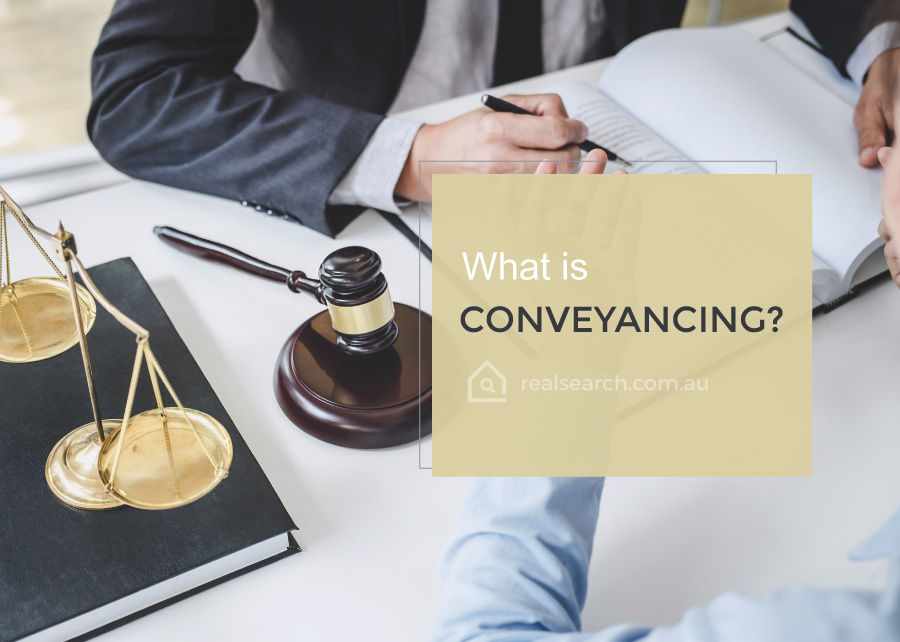
Miji Michael April 09, 2021
Conveyancing is the legal work involved in preparing the sales contract, mortgage and other related documents for a property. It’s the legal process of transferring ownership of a property from the current owner (vendor or seller) to a new owner (purchaser or buyer).
It consists of three main stages:
Pre-contract
Pre-completion
Post-completion
These three steps include any work needed when buying or selling a property, subdividing land, updating a title or registering or changing an easement. It can also include assisting with the transfer of ownership, including home loans and any other conveyancing activity.
Who can do conveyancing work?
A licensed conveyancer specialises in a title transfer and has detailed knowledge in one area of the law, being property law
A solicitor who specialises in property conveyancing but also broader knowledge of the law in general
Do your own conveyancing - If you choose to do your own conveyancing, research what is required and the risks involved. Do-it-yourself kits are available but generally provide guidance material only.
You will still be personally liable if there is a problem with the sale even if you followed the instructions. It may also be difficult for you to purchase the same level of insurance available to a licensed conveyancer or solicitor.
CAUTION: If you take on doing your own conveyancing then you take on all the responsibility for the sale progressing in a legal manner. Make sure you fully understand the sale process and relevant legislation.
This difference in knowledge and experience is what creates a price difference between conveyancers and solicitors, but when or if something goes wrong, and unfortunately occasionally it does happen, it is better to have a legal firm and solicitor working on your side.
The conveyancing process
Conveyancing can involve these steps:
examining the contract for sale
arranging building and pest inspections
examining a strata inspection report (if the property is in a strata scheme)
arranging finance if necessary
exchanging the contract of sale
paying the deposit
arranging payment of stamp duties
preparing and examining the mortgage agreement
checking if there are outstanding arrears or land tax obligations
checking if swimming pool compliance documentation is needed
finding out if any government authority (eg. local council, Sydney Water, NSW Roads and Maritime Services) has a vested interest in the land or if any planned development could affect the property
finding out any information that may not have been previously disclosed such as a fence dispute or illegal building work
calculating adjustments for council and water rates for the property settlement
overseeing the change of title with Land and Property Information NSW
completing any final checks prior to settlement
attending settlement.
IMPORTANT:
Before the conveyancer or solicitor starts the work, ask for an itemised statement of the likely costs to give you a better idea of the total.
Costs
Fees vary between solicitors and conveyancers. As well as a legal service fee you will usually be charged for disbursements, which includes:
a title search
certificate fees charged by authorities with responsibility for water, electricity, roads, schools etc.
photocopying
registering the mortgage
registering the transfer.
Conveyancing costs other than legal fees and disbursements, includes:
building and pest inspections
survey report
establishment of mortgage
home building insurance
valuation fees
mortgage insurance
stamp duty and mortgage duty
levies, if the property is in a strata or community scheme
council and water rates.
Legal practitioners and conveyancers must disclose their costs to clients, including the client’s right to negotiate a costs agreement, receive bills and be advised of changes.
